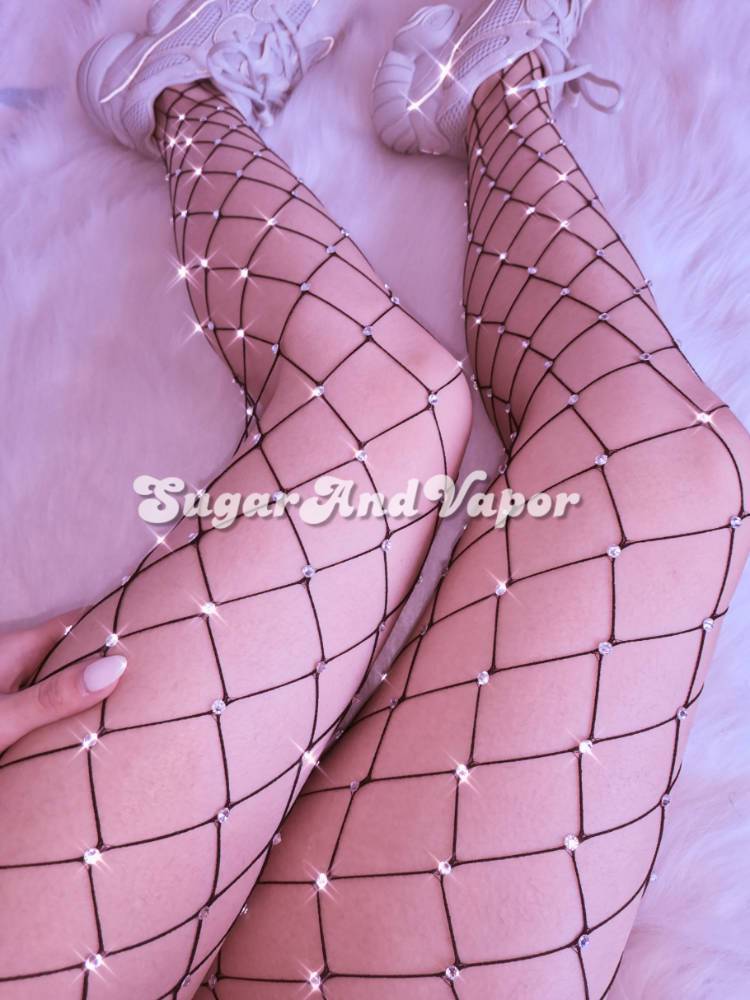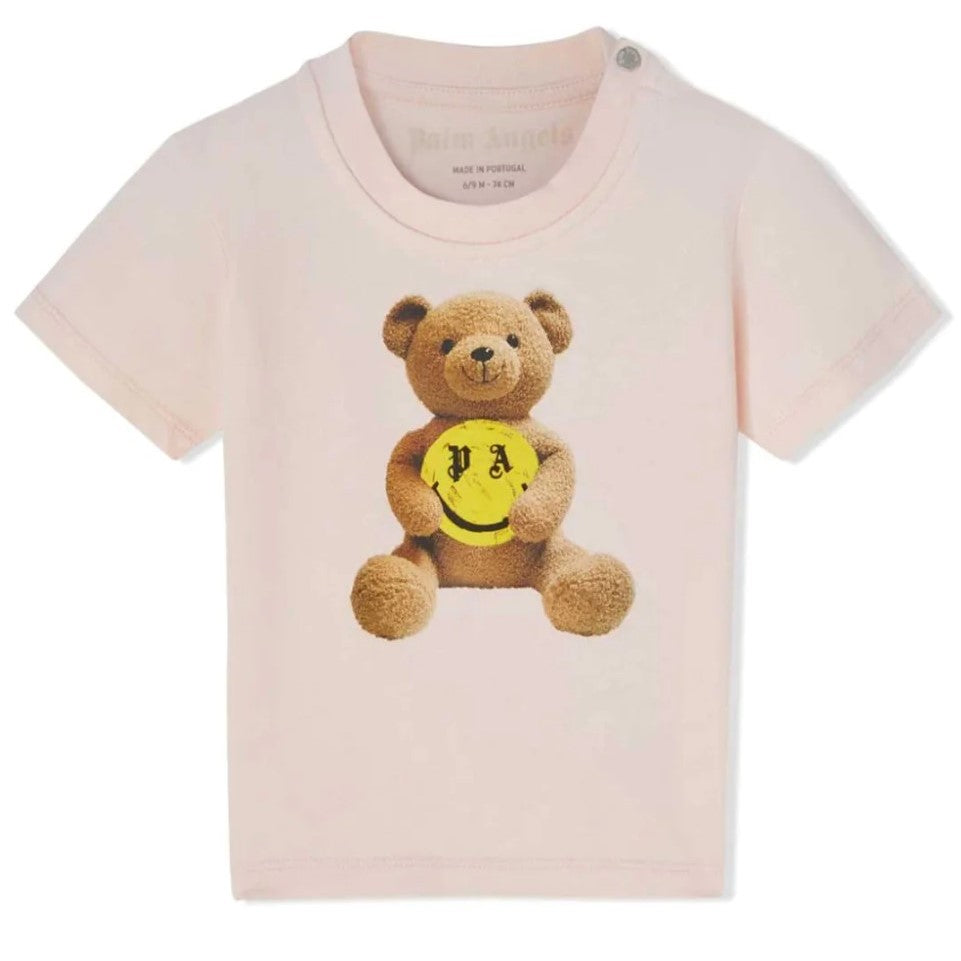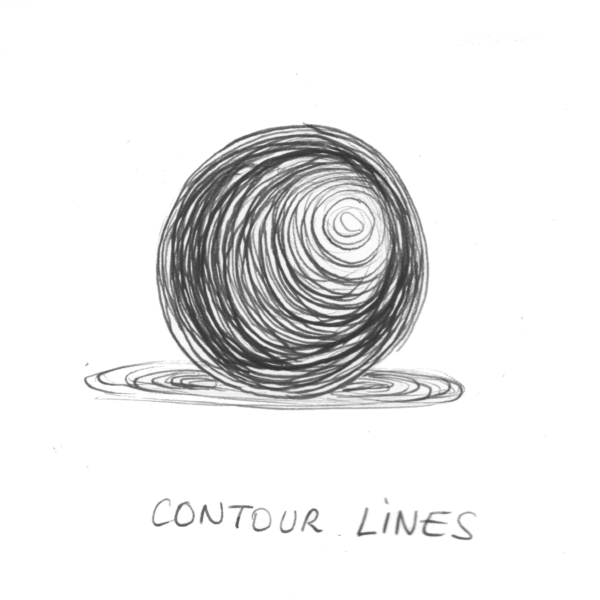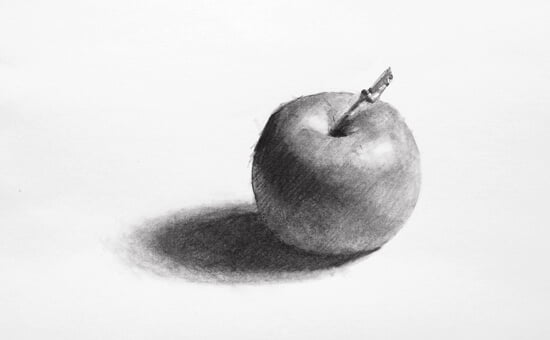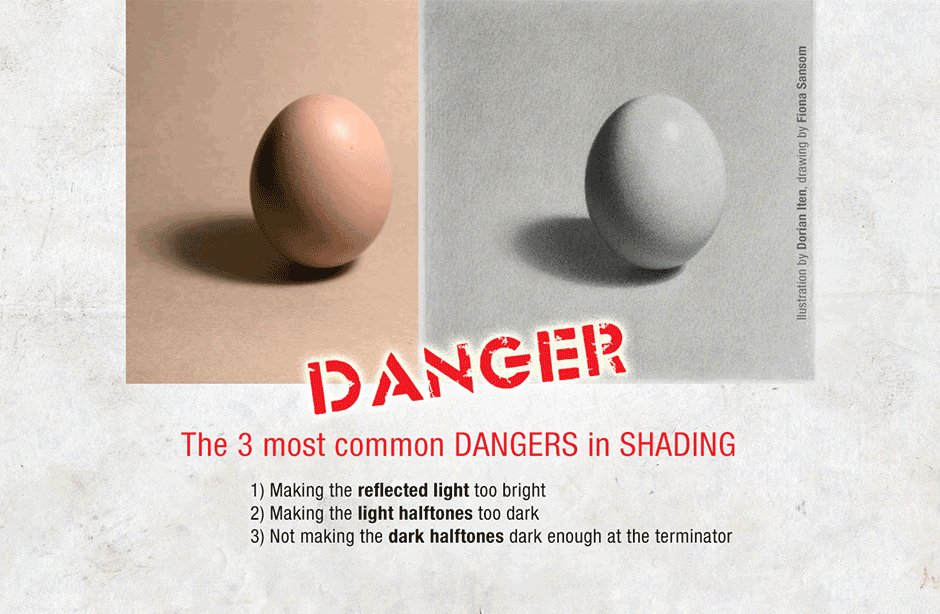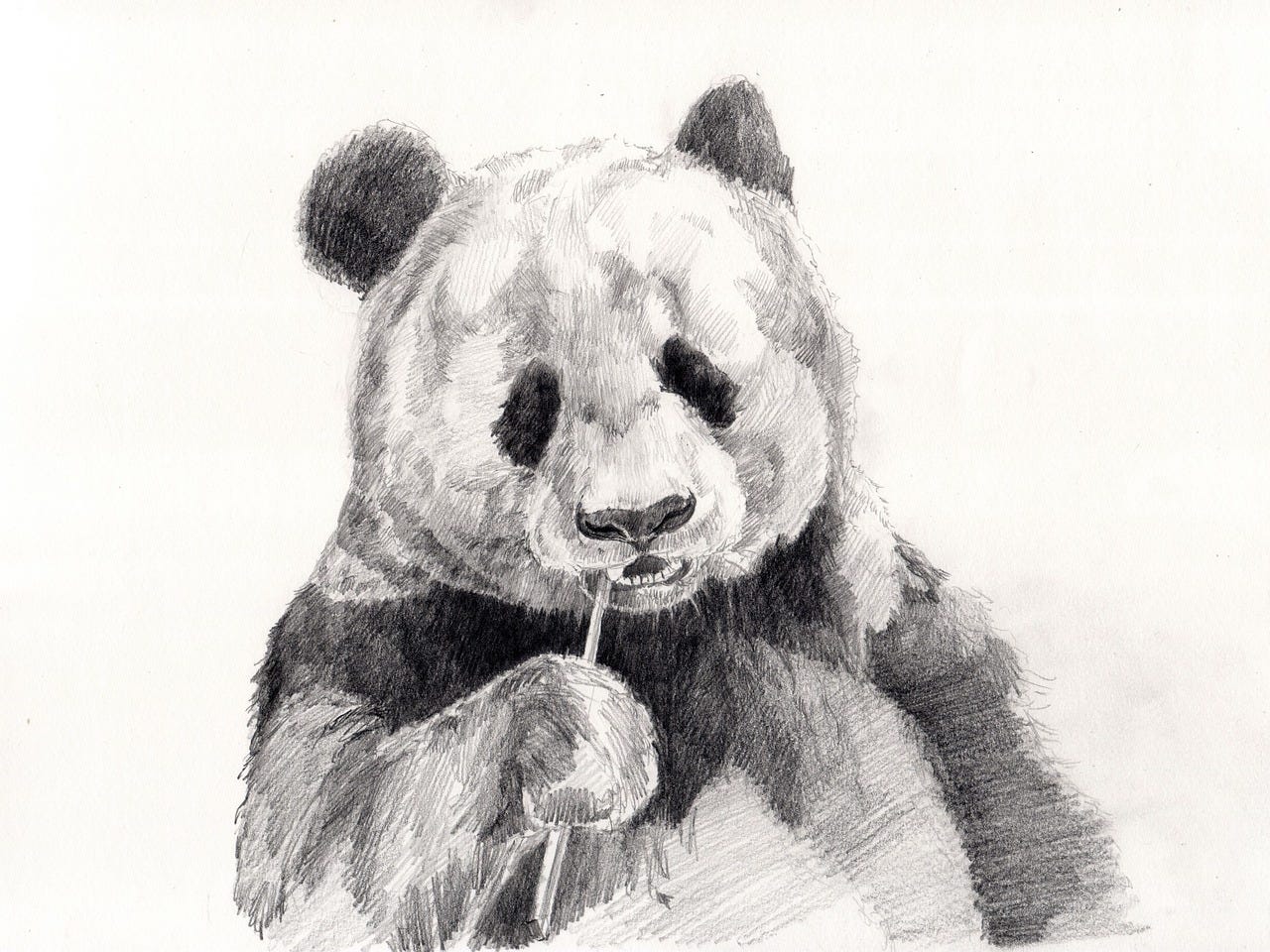6 shading techniques for your drawings - ARTiful: painting demos
4.5 (366) · $ 15.00 · In stock
Shading is the part that makes a drawing go from a flat contour drawing to a 3 dimensional illusion. There are many options for shading and each option will change the style of your drawing. Here are some of the basic ones, you can try them on a simple sphere design as a fun exercise. 1.Cross hatching With cross hatching you are drawing parallel lines, varying the direction of the lines and layering them to obtain different intensity of shading. I like to start by the lightest area and then add layers of cross hatching until I reach the darkest area of the drawing. Here is an example of a drawing of Gargoyles on Notre Dame de Paris’s roof. You can also use cross hatching in your life drawings. 2.Hatching with parallel lines Hatching with parallel lines is the same as cross hatching, except you are making all the lines go in the same direction. It is a bit more time consuming than cross hatching but can lead to interesting results. 3.Contour lines Contour lines can be done in many different ways but basically the idea is to have the lines follow the shape of what you are drawing. You can use contour lines for shading as in this example: or just to describe the shape as in this example: Contour lines are working well on figure drawings. You also probably already seen many drawings of hands with contour lines. 4.Scribbles Scribbling or scumbling is a fun way to shade a drawing and it goes fast! Scumbling or scribble drawings shading works particularly well for portraits and still life. You might also be interested in: Fun and easy : Scribble drawings 5.Strippling Strippling is fun but it is very time consuming. I recommend you start by testing this technique on a small size drawing until you get an idea of the time it takes 🙂 You can use different sizes of markers to make different sizes of dots when you are using the stripling technique. 6.Zentangles and patterns You can also use any pattern you would like for shading including zentangle types patterns. Just evaluate how dark a pattern will be and fill the area corresponding to this shade with your zentangle pattern. To look for zentangles and patterns ideas, you can browse my board on Pinterest: Zentangle and patterning inspirations

How to Draw on a Tiny Budget: Single Pencil Drawing

The Joys of Sketching Birds - The New York Times

St Oswald's Catholic Primary School: Year 3: Blog items

Pen and Ink Sketching: 6 Shading Techniques - Erika Lancaster- Artist + Online Art Teacher, Sketching Pens

Dressage Horse Portrait
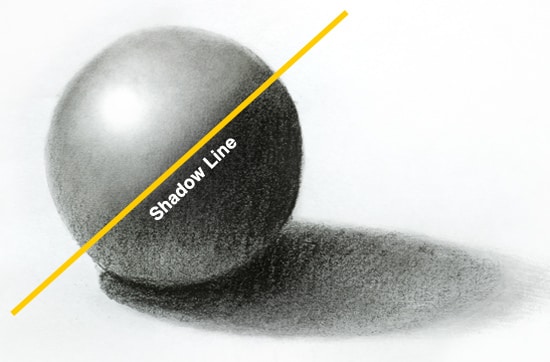
A Beginners Guide to Light & Shadow - Part 1
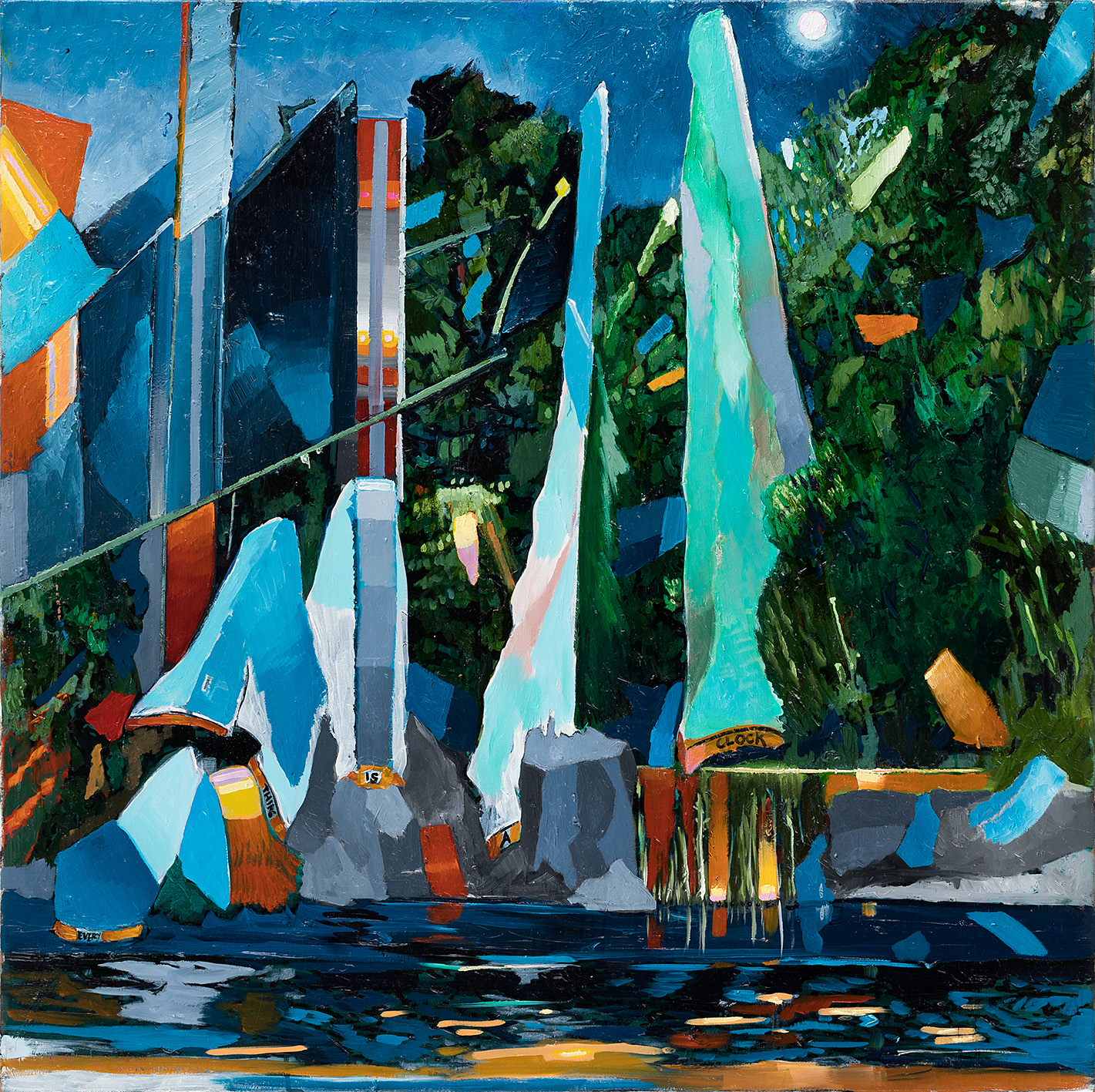
Paint by algorithm: Can AI make art, or is it all just derivative
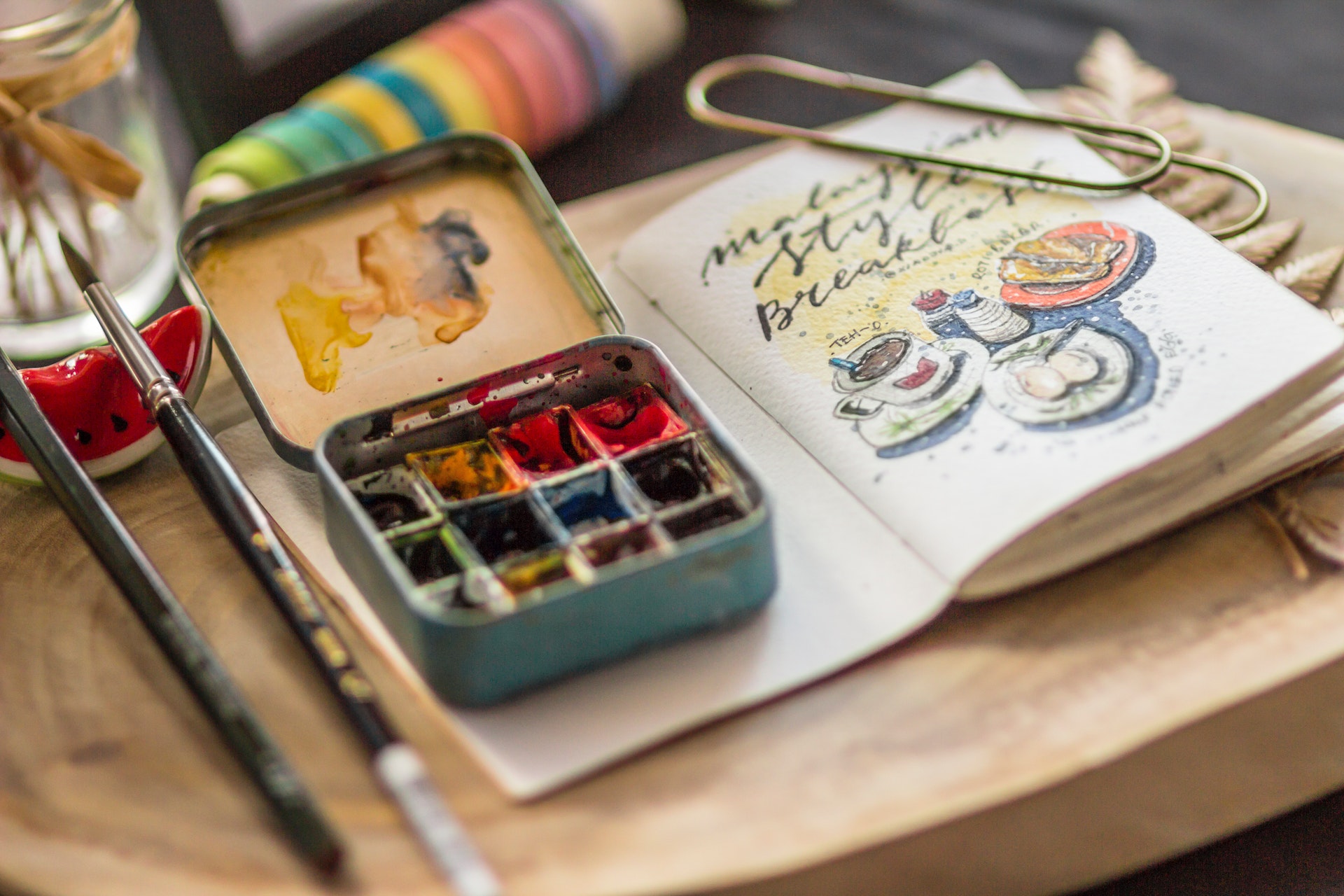
20 Art Journal Ideas to Try
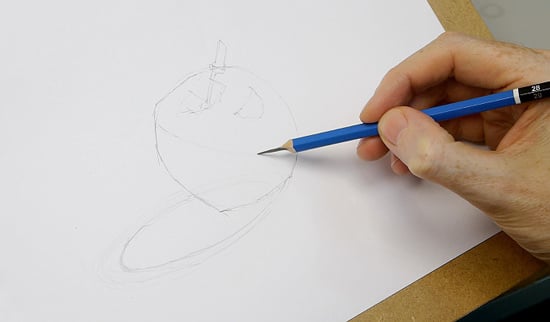
How to Shade a Drawing (Light & Shadow : Part 2 of 3)

Instagram photo by Abel van Oirschot • Mar 18, 2016 at 4:16pm UTC

Visual Art: Materials & Tools - Lesson
